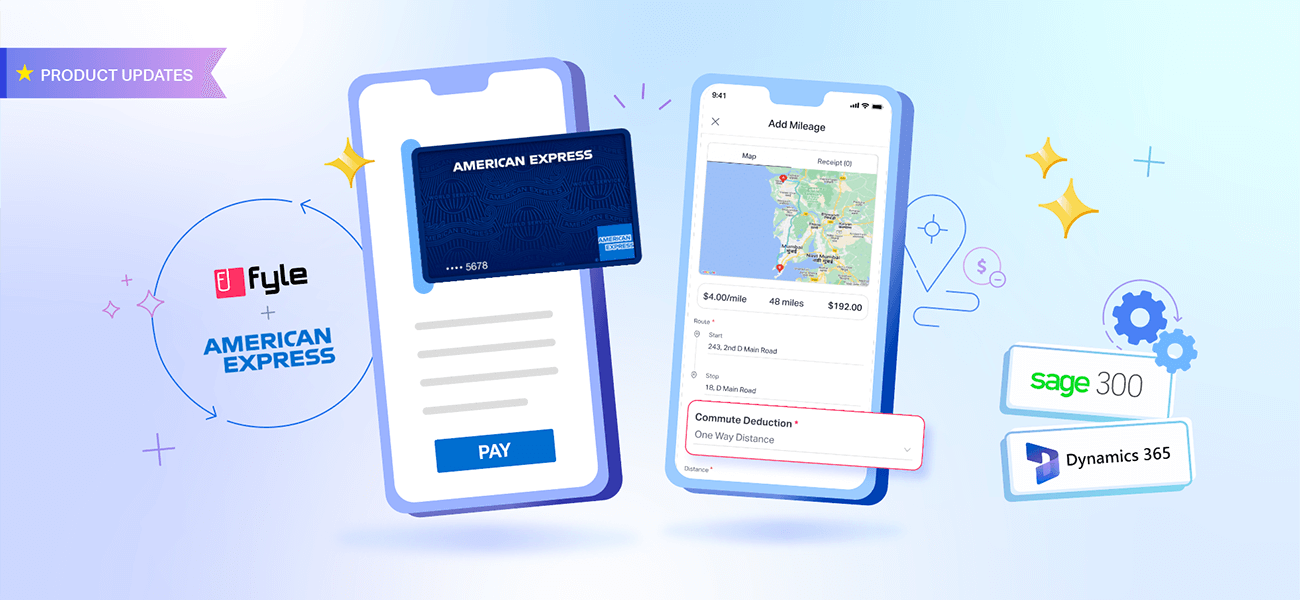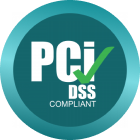Companies of all sizes still follow some form of traditional receipt management, and employees find it to be a tiring and cumbersome process. This often leads to delays when submitting their expense reports in order to get reimbursed.
Accountants have to validate each expense after cross-checking it with the company rules and policies. This whole sequence of events causes numerous problems that affect the productivity of the business and employees. Sadly, this is still the standard process that's followed by many companies. However, can businesses gain from switching to online-based receipt management?
Let’s discuss.
Using paper-based expense reporting method
You can find paper receipts everywhere, and both employees and accountants are stuck slogging away with them all piled up. A paper-based invoice is any hard copy that is manually checked, verified, and recorded. A paper-based receipt management process usually goes like this:
- Invoice capturing:
After making expenses, the suppliers will generate print invoices for the buyer. Once received, it goes to the Accounts team that then records it into the system.
- Accounting:
The accounting team needs to record all the expenses in the general ledger of the company. Here, all invoices are filed and kept in archive storage so that it is easy to retrieve for later usage.
- Quality assurance:
To make sure payments are accurate and the payment terms are maintained, it needs to be verified first. The Accounts Payable team manually checks each receipt for errors like the wrong account number and wrong purchase order or invoice. Invoices are then validated to make sure the billing amount matches the order/quantity of goods/services obtained. And as the last step, the Cost Center checks the tax treatment for the respective invoices.
- Approvals:
Generally, an expense needs approval from one or more higher authorities. The Accounts Payable team needs to send the invoices to the concerned personnel whose consent is required. Lack of communication can lead to delays in approvals, which slows down the entire process. This issue is more apparent in larger enterprises than in small businesses.
- Payment:
When all approvals are received, the accounts team processes the expense. There are several ways to transfer the amount like Automated Clearing House, Electronic Funds Transfer, and Paper Checks.

Using excel sheets for expense reporting
Companies usually keep a record of various expenses in a spreadsheet tool like Microsoft Excel. These spreadsheets serve different purposes like tracking per diems, mileage tracking, managing business expenses, and more.
Pro-tip: It helps to maintain monthly, quarterly, or yearly reports for tax purposes.
These sheets can be accessed online via Google Drive or locally. They can also be exported via email or PDF formats to respective personnel.
SUGGESTED READS:
When should your business move out of Excel?
Paperless reimbursements – Does your software truly make receipts digital?
Why switch from traditional receipt management processes?

Although the paper-based and spreadsheet-based methods are commonly used by businesses, it doesn't come without their downsides. Let's look at some of the most apparent issues of using these traditional methods:
- It is prone to errors
In the expense reporting cycle, several people need to track and manage the end-to-end process. Invoices come in a variety of ways like email, fax, courier/mail, and so on. This makes it difficult to save your receipts for later.
Additionally, it becomes confusing and time-consuming to organize your receipts all over again. Combined with the fact that this is all done manually, it means the chance of committing an error increases dramatically. Some of the errors include: paying invoices twice, duplicate invoices, paying the wrong amounts, paying without receiving goods/services.
- It can be time-consuming
Manually handling and entering paper-based invoices can become quickly overwhelming as they often need to be cross-referred for validation. This process can take a lot of time as it requires manual verification of the invoices alongside the Purchase Order or contract. As a result, depending on the size of your business, several invoices can be left in circulation, causing chaos and delays.
- There are security concerns
Even after carefully maintaining thousands of paper receipts, some of them can get lost. Even worse, fall into the wrong hands. This can lead to the company having unverified expenses made against their name. This could cause you some serious trouble during audits.
- The cost of maintenance is high
Companies usually spend anywhere between $12.90 to $40 for processing a single invoice. Invoices go through several approvers and departments before actually becoming a valid expense. This costs your business time, money, and effort.
Companies can take action to reduce the time and cost spent on each invoice by using some form of a digital or automated solution. This is where Online Receipt Management comes into play.
What is Online Receipt Management and how can it help your business?
Online Receipt Management is taking your receipt management process to an online / cloud-based platform. It is designed to eliminate or circumvent issues or limitations of the traditional paper/spreadsheet-based approach. Online receipt management solutions provide greater insight into your spending and provide a richer analysis of the entire process.
SUGGESTED READS:
What are the benefits and risks of online expense management software?
7 receipt scanner apps for your business expenses
- Efficient process: With online receipt management, employees can spend less time on data entry, cross-referencing, and filing papers, with easy invoice submission and intuitive reporting workflows. The accounts team and other departments can also focus on their core duties instead of simply running behind employees for expense report submissions.
- Reduced risk of errors: With an online-based software, invoices are sent directly into your Accounting Software. Workflow gets streamlined, and information becomes easily accessible for your accounts team. Digitally capturing (via mobile apps) and tracking data eliminates the chance for errors to occur. This ensures your employees don’t make a mistake or claim a false expense.
- Instant & open access: All invoices occur through a cloud-based platform. This allows everyone on the team to stay in the loop. This drastically reduces the back and forths that your employees and finance teams need to go through.
- Cost savings: Online solutions pay for themselves after a period of about 6 to 18 months. You can also save additional money from having an efficient and smooth running cloud-based process that reduces turnover times.
- Easy audits: Online receipt management enables businesses to store receipts on the cloud. Hence, it's easy to access and export these smart receipts, which helps create expense reports. All these benefits make audits a breeze for your accounts team.
How is an automated expense management software a better choice?
Recollect all the benefits you read above, and now imagine all of that automated! Online, cloud-based software is excellent, but it still requires a certain degree of human intervention to keep it going.
An automated expense management software, on the other hand, can do all the admin tasks without human intervention. This can be a crucial game-changer that can lead to a spike in financial productivity within your organization.
You don't need your team to go through the painful process of reporting and entering every single invoice manually. Instead, get a software such as Fyle that understands and caters to your business needs. Schedule a demo today!











